I wrote this article in Japanese and translated it into English using ChatGPT. I also used ChatGPT to create the English article title. I did my best to correct any translation mistakes, but please let me know if you find any errors. By the way, I did not use ChatGPT when writing the Japanese article. The entire article was written from scratch by me, Saikawa Goto.
Introduction
Movies and books covered in this article
Three takeaways from this article
- “Chibanian” is important because it is a stratum of time when the most recent geomagnetic reversal is recorded.
- In the past, there was a time when the “North pole” of a magnet pointed to the “South”.
- The author who studied the past geomagnetism of the earth ended up getting involved with “Chibanian”.
Self-introduction article


Published Kindle books(Free on Kindle Unlimited)
“The genius Einstein: An easy-to-understand book about interesting science advances that is not too simple based on his life and discoveries: Theory of Relativity, Cosmology and Quantum Theory”
“Why is “lack of imagination” called “communication skills”?: Japanese-specific”negative” communication”
The quotes in the article were translated using ChatGPT from Japanese books, and are not direct quotes from the foreign language original books, even if they exist.
What is So Great About “Chibanian” that has Become Widely Known All of a Sudden?
What is “Chibanian”?

On January 17th, 2020, a name called “Chibanian” was widely reported in the news in Japan. Even if you don’t know what it is, you may remember the footage of a rock face in Chiba Prefecture and people gathering there. Many people may not understand what it is, but they may just be aware that that rock wall in Chiba Prefecture has become famous with the name “Chibanian.
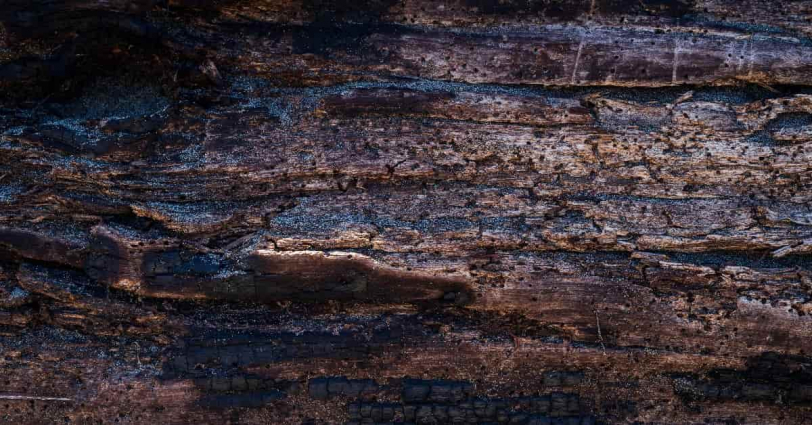
This book explains what “Chibanian” is and introduces the incredible phenomenon of “geomagnetic reversal” in the process.

First, let’s sort out some basic information about “Chibanian”. This is the formal name for a geological age that lasted from about 770,000 years ago to about 130,000 years ago. Geological age is like a division of time periods in the history of the Earth, and you may have heard of famous ones like “Cretaceous”, “Jurassic”, and “Triassic”. There is a rule to choose one place on Earth that best represents the characteristics of each geological age as a “type locality”.
The rocky cliffs of Chiba Prefecture were selected as the strata that most strongly reflect the characteristics of the geological age from about 770,000 to 130,000 years ago, and the “Chibanian” geological age, derived from “Chiba Prefecture,” was born. This is the first time geological age originating in Japan has been named, and since most geological age names are derived from the Mediterranean region (i.e., many of the “type locality” was selected from the Mediterranean region), it is an accomplishment even from a global perspective.
So what features are recorded in “Chibanian”? It is the “geomagnetic reversal” that I mentioned earlier. In fact, the Italian stratum was also mentioned as a candidate, but the Chiba rock face was chosen over it because it “contains evidence of the most recent geomagnetic reversal.
The article will explain what “geomagnetic reversal” is in detail, connecting it to the story of “Chibanian”.

What is “Geomagnetic Reversal”?
The author of this book was originally a specialist in “paleomagnetism” and later joined the “Chibanian Application Task Team”. While studying paleomagnetism, which also involves geomagnetic reversal, he came across the Chiba Prefecture’s geological strata, which led him to become involved in the study of Chibanian.

Now, what is “geomagnetic reversal”?
Let’s start with an explanation of “geomagnetism”. When we use a compass on Earth, the “N pole” naturally points north. This is because the entire Earth acts like a giant magnet. The reason the N pole of the magnet points north is because the Earth’s south pole is near the North Pole.
So when we view the Earth as a “giant magnet”, the magnetic field is called “geomagnetism”.
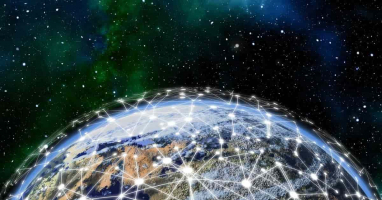
If you understand this, “geomagnetic reversal” means exactly what it says – the Earth’s magnetic field reverses. If a “geomagnetic reversal” were to occur now, the area near the North Pole would become the magnetic North, causing the “N pole” of a compass to point south.

It is known that “geomagnetic reversal” has occurred many times on Earth. At least 11 times in the past 2.5 million years. And, the record of the most recent “geomagnetic reversal” is preserved in the “Chibanian”.

It seems that geomagnetic reversal is still a mysterious phenomenon, as stated in this book:
Even with modern supercomputers, it has not been possible to fully reproduce Earth’s dynamo. Therefore, the details of the mechanism behind geomagnetic reversal are still shrouded in mystery.
That’s why the claim that the phenomenon of geomagnetic reversal occurred on Earth in the past was not readily accepted. This book carefully uncovers its history.

“Geomagnetic Reversal” was Not Easily Accepted in the Scientific World
This book begins with the “discovery of magnetism” and traces the history of how geomagnetic reversal was eventually recognized. The book also includes interesting episodes that are not directly related to geomagnetic reversal, so I recommend reading it to find out more (but it does not appear to have been translated into English at this time). Also, the book describes the development of the theory called “dynamo theory,” which explains what is happening inside the Earth. However, dynamo theory alone cannot explain geomagnetic reversal.
In addition, the book discusses the research topic called “Paleomagnetism.” As I explained earlier, “Paleomagnetism” refers to the “past Earth’s magnetic field” recorded in rocks and layers of the Earth’s crust.
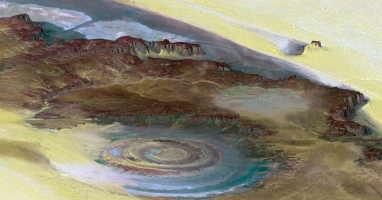
Matsuyama Motonori is known as a pioneer of this Paleomagnetism. I have already mentioned that “Chibanian has the record of the most recent geomagnetic reversal,” and the name given to the “most recent geomagnetic reversal” is “Brunhes-Matuyama reversal,” and the name of Matsuyama Motonori is used.
Matsuyama conducted research on the remanent magnetization of various lavas. And by comparing the “age of the lava” and the “remanent magnetization of the lava,” he noticed the fact that “geomagnetic reversal has occurred many times in the past.” However, this idea was not readily accepted at the time. The phenomenon of the Earth’s geomagnetism reversing was thought to be impossible. However, Terada Torahiko, a scientist and writer, became interested in his research. Matsuyama was then encouraged by Terada Torahiko to submit a paper for publication.

This paper by Matsuyama is now considered a milestone in the history of science because it was the first to report that the polarity of the Earth’s geomagnetism changes over time. However, it took some time for Matsuyama’s research to receive attention.
Now, let’s also introduce Brunhes from the “Brunhes-Matuyama reversal.” This is also a person’s name. While Matsuyama was the first to demonstrate that “geomagnetic reversals have occurred many times in the past,” it was Brunhes who first proposed that “the phenomenon of geomagnetic reversal had occurred on Earth in the past.”

One reason why the phenomenon they claimed, “geomagnetic reversal,” was not readily accepted was the lack of detailed knowledge about magnetism and magnetic properties. However, the main reason was that it was too radical a claim. Certainly, ordinary magnets do not switch their S and N poles on their own. If we consider the Earth as a “large magnet,” it is natural to feel skeptical about how such a phenomenon could occur.

Two Reasons Why “Geomagnetic Reversal” was Accepted
There were two reasons why “geomagnetic reversal” became accepted. These reasons are related to the “continental drift theory” and “geomagnetism of the seafloor.”
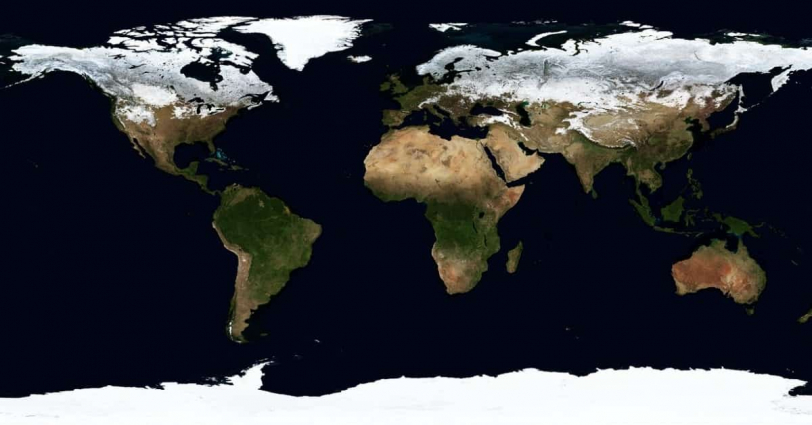
Let’s start with the discussion on the “continental drift theory.
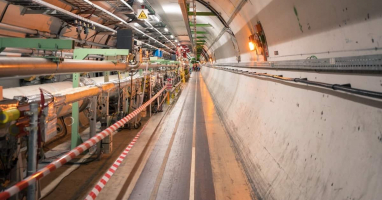
Many of you may have heard of the “continental drift theory” advocated by Wegener. It proposes that the continents were once in a different configuration and moved over a long period of time to reach their current positions. This idea was so bold and innovative that it was not easily accepted.
On the other hand, a researcher at Cambridge University conducted measurements of remanent magnetization in geological strata on a Scottish sand field that can be traced back to about 700 million years ago. As they traced back the ages, they found that the “north” indicated by remanent magnetization gradually moved away from the current North Pole. This data indicates that the “geomagnetic pole” of geomagnetism was slowly moving.
When this phenomenon was presented as the “polar wandering curve,” it caused a great sensation not only in the scientific community but also in the general public. People simply understood that “the North Pole was moving,” and they were amazed by its mystery.

However, scientists had a different understanding of the “polar wandering curve”. Based on the pre-existing idea of the “geocentric axial dipole hypothesis”, it was thought that it was not the Geomagnetic pole that was moving, but rather the continents. In other words, it means that it should be considered that after the layers of the earth recorded geomagnetism, the continent containing those layers moved from its original location.
Thanks to this research on the “polar wandering curve”, the continental drift theory was accepted, and the phenomenon of geomagnetic reversal was also recognized.
Interestingly, the graduate student, Irving, who conducted this research was unable to obtain his doctorate. His research was too pioneering for anyone to evaluate. This is also an amazing story.

Let’s talk about the other “geomagnetism in the seabed”.
Back then, two mysteries were known about the seabed: “seafloor spreading” and “magnetic anomaly”. Seafloor spreading is a phenomenon in which the ocean floor expands. It was found that the seabed, which had been considered previously flat, had hills and valleys, like mountain ranges, and trenches that looked like they had been torn apart by being pulled from both sides were discovered in the Mid-Oceanic ridge. However, no one could explain the mechanism behind this.
Also, when measuring the geomagnetism of the seabed, slight deviations are recorded in regularly patterned stripes (called “magnetic anomaly”). But no one could imagine a mechanism for recording it in stripes.
In the midst of all this, Vine and Matthews, two scientists, solved these puzzles with a theory called the “tape recorder model”. This theory explained “seafloor spreading” and “magnetic anomaly” very simply and also suggested that “geomagnetic reversal” had occurred. With the emergence of the “tape recorder model”, the existence of geomagnetic reversal was almost accepted.

By the way, there is a person named Morley who had submitted the same idea to the “Nature” journal earlier than Vine and Matthews, but he was too ahead of his time and his submission was rejected. Morley’s paper is now also recognized, and it is called the “Vine-Matthews-Morley hypothesis.”
Later on, a method called “potassium-argon dating” was developed to accurately measure the age of lava, which put an end to the debate about whether the phenomenon of “geomagnetic reversal” had occurred. And after that, the race for dating “at what time in the past did the geomagnetic reversal occur” began.

The Author Conducted a Decisive Study to Find Out “When did Geomagnetic Reversal Occur?”
Finally, the existence of “geomagnetic reversal” was recognized, but there was a problem that needed to be resolved in order to advance this study. The question is that at what depth should they measure the marine sediment to accurately determine geomagnetism information?
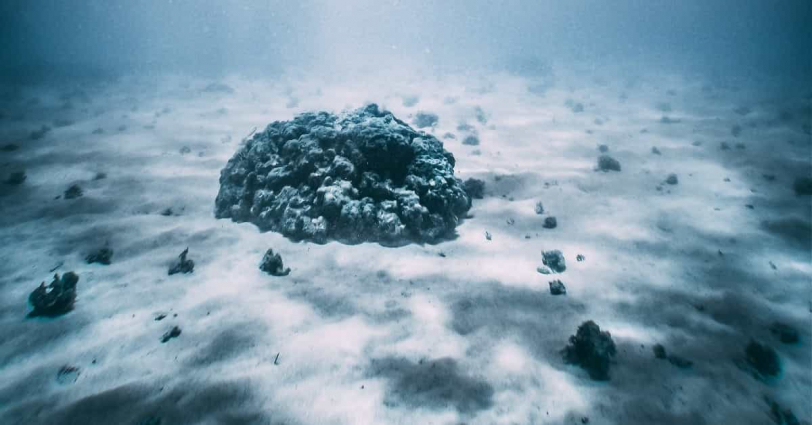
While geomagnetic information is also recorded in marine sediment, it cannot be studied accurately unless they know at which depth it is recorded. No one knew whether they should measure the “surface,” or measure at depths of “15cm” or “1m.” It was unclear how to determine this.

The author of this book was the one who solved this problem. And what he used to solve it were “cosmogenic nuclides.”
“Cosmogenic nuclides” refers to various particles produced when galactic cosmic rays collide with the Earth’s atmosphere. The amount of cosmogenic nuclides that reach the Earth varies depending on the amount of galactic cosmic rays that arrive, and that amount changes due to factors such as the solar magnetic field and geomagnetism. In other words, there is a relationship between the “amount of cosmogenic nuclides produced” and the “geomagnetism of the Earth.”
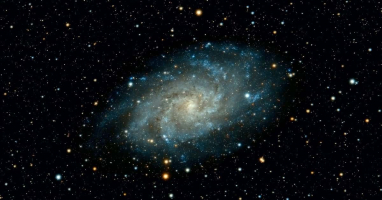
One of the important cosmogenic nuclides for the author’s research was Beryllium-10, which has a long half-life of about 1.4 million years and is commonly used for long-term measurements.
By comparing the geomagnetism of marine sediment and the geomagnetism measured by cosmogenic nuclides, the author was able to solve a difficult problem. The author was conducting research on “reconstruction of solar activity over a long period of time” by comparing these two, and discovered a discrepancy. In other words, the “geomagnetic reversal period indicated by marine sediment” did not match the “geomagnetic reversal period indicated by Beryllium-10.”
This discrepancy occurred because “measurements were not taken at the appropriate depth.” By changing the measurement depth of marine sediment in various ways so that these two indices coincide, it was possible to determine that “the depth at which geomagnetism is recorded in marine sediment is 15cm.”
And the author’s realization of this fact led him to approach “Chibanian”.
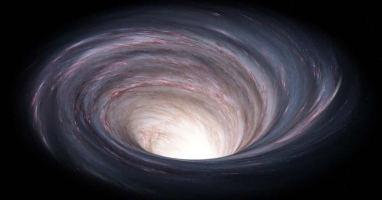
From “Geomagnetic Reversal” to “Chibanian”
By accurately determining the acquisition depth of marine sediment, the author realized that it is possible to accurately measure the age of the Brunhes-Matuyama reversal. “The Brunhes-Matuyama reversal” is an important “marker” in geological age, and it is crucial to measure its age accurately.

The author’s strategy is as follows: first, he finds “marine sediment containing volcanic ash”. Then, he performs two separate age measurements: one for the age of the “marine sediment” and another for the age of the “volcanic ash in the marine sediment.” The former can be done accurately based on the author’s findings of “acquisition depth” and the latter can also be accurately known by “radiometric dating”.
By combining the results of both age measurements, the author can more accurately measure the age of the “Matuyama-Brunhes boundary”.
However, executing this strategy is challenging because volcanic ash is not usually found in marine sediment. It requires a unique location such as an area that was originally land and became a sea, or a volcanoes near the sea that erupted.
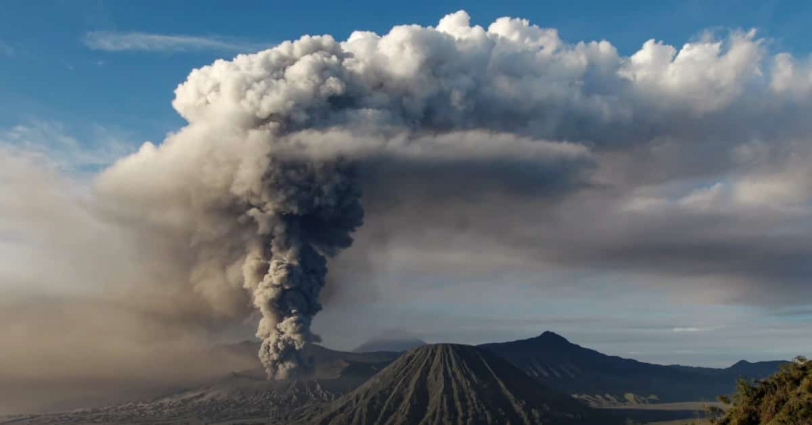
Moreover, the layer of “marine sediment containing volcanic ash” must also record the “Brunhes-Matuyama reversal”, making it difficult to find the ideal location with these specific conditions.

While talking to various researchers, the author heard information that such a formation exists in Bousou (peninsula including Chiba prefecture).
It was the “Chiba section”, which later came to be called the “Chibanian” layer. The author, who was studying paleomagnetism, had no knowledge of “Geological age” until then, but he have come to learn that the rock layer focused on by the author waslisted as a strong candidate for the “type locality” that stipulates the age of rock layers.

However the movement that began around 1990 came to a stop because no academic papers were published on the “Chiba section,” so it couldn’t be compared to other candidate layers.
The author Involved with the “Chiba section” unaware of such a situation. The author, who had been presenting his research on the “Chiba section” independently only because it was necessary for his own research, was naturally included in the task team.
Now, there were two other layers that rivaled the “Chiba section,” but only the “Chiba section” had perfect conditions as a “type locality.” In other word, this means that there was no problem academically. But it was plagued by various troubles in the review process.
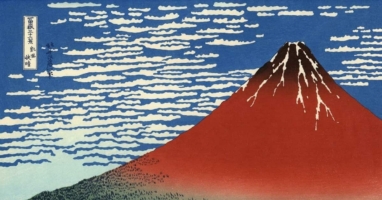
This involves an organization that be expressed to as “an organization which advocated for promoting geopark certification” in this book (Hereinafter referred to as “an organization”). Initially, they were both aiming for the certification, but they split up along the way, and for some reason, “an organization” began to interfere with the application process. Due to their interference, there were some serious problems, but Ichihara city, which is in charge of the “Chiba section,” was able to avoid them using an acrobatic method of passing an ordinance by holding only a half-day city council meeting in the midst of the devastating typhoon damage.
It was through overcoming such slapstick that “Chibanian” came into being.
Conclusion
This book has covered in detail about “geomagnetic reversal,” but some readers may think, “What does geomagnetism have to do with our daily life?”

However, that’s not true at all. Geomagnetism is like a protective barrier for the Earth, blocking various “dangerous things” that come from space, such as solar wind and galactic cosmic rays. Artificial satellites orbiting the Earth sometimes fly over areas with weak geomagnetism, but they frequently malfunction in those areas. Without geomagnetism, our lives would be greatly affected.

And this geomagnetism has been decreasing for the past 200 years. If this continues at the current rate, there is a possibility that the Earth’s geomagnetism will become zero in 1000 to 2000 years.

We don’t know what will happen then. But it’s unlikely that humanity will be unaffected.
Why not take the opportunity presented by the “Chibanian” to learn about “geomagnetism,” something we don’t usually get to learn about?

Published Kindle books(Free on Kindle Unlimited)
“The genius Einstein: An easy-to-understand book about interesting science advances that is not too simple based on his life and discoveries: Theory of Relativity, Cosmology and Quantum Theory”
“Why is “lack of imagination” called “communication skills”?: Japanese-specific”negative” communication”

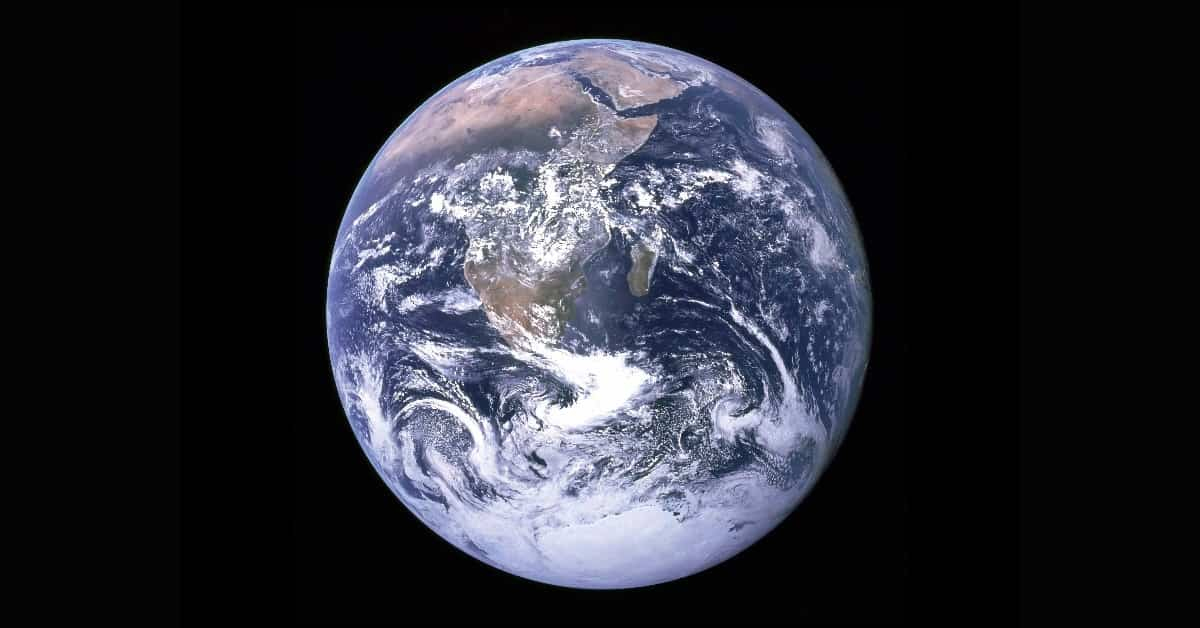






コメント